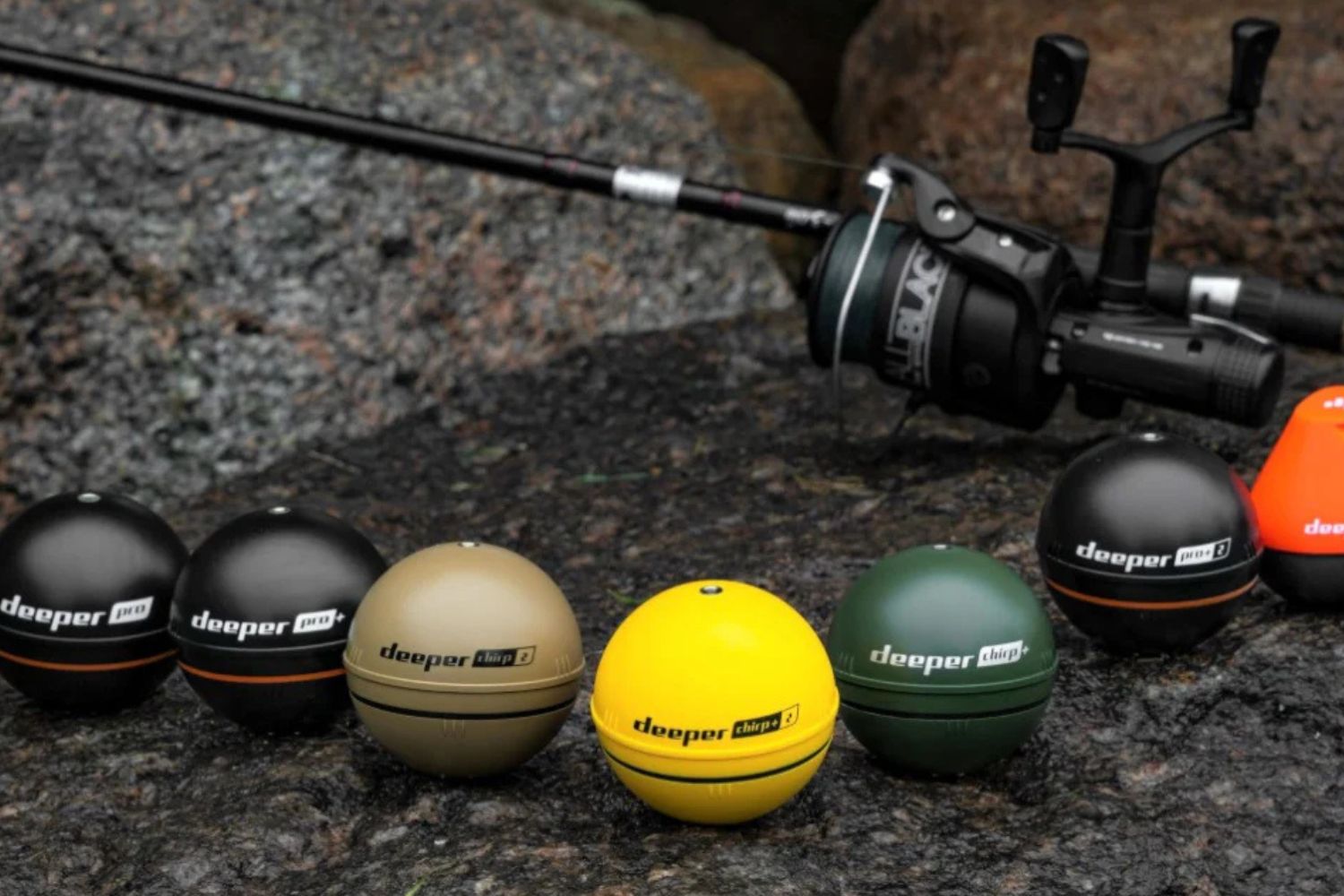
Ever wondered about the mysteries of the ocean? The deep sea holds secrets that can boggle the mind. From bizarre creatures to unexplored territories, the ocean's depths are a world of their own. Did you know that more people have walked on the moon than have explored the ocean floor? Or that some fish can produce their own light? These fascinating facts not only spark curiosity but also highlight the importance of marine research. In this post, we'll dive into 29 intriguing facts about the deep sea, shedding light on its wonders and oddities. Get ready to be amazed by the hidden world beneath the waves!
Key Takeaways:
- The deep sea is a mysterious and fascinating place, with unique creatures and extreme conditions. It's only been minimally explored, leaving much more to discover and understand.
- Technology is helping us learn more about the deep sea, but we must also consider the impact of human activities and climate change on these delicate ecosystems.
The Mysteries of the Deep Sea
The deep sea is one of the most fascinating and least explored places on Earth. Let's dive into some incredible facts about this mysterious underwater world.
- The deep sea begins at a depth of about 200 meters, where sunlight starts to fade.
- The Mariana Trench is the deepest part of the ocean, reaching a depth of about 36,000 feet.
- Only about 5% of the world's oceans have been explored by humans.
- The pressure in the deep sea can be over 1,000 times greater than at sea level.
- Bioluminescence is common among deep-sea creatures, allowing them to produce their own light.
Unique Deep-Sea Creatures
The deep sea is home to some of the most bizarre and unique creatures on the planet. Here are a few that stand out.
- The anglerfish uses a bioluminescent lure to attract prey in the pitch-black depths.
- Giant squids can grow up to 43 feet long and have eyes the size of dinner plates.
- The vampire squid has a cloak-like webbing between its arms, giving it a spooky appearance.
- Deep-sea jellyfish can have tentacles that stretch over 100 feet long.
- The gulper eel has an enormous mouth that can swallow prey much larger than itself.
Extreme Conditions
Life in the deep sea must adapt to extreme conditions that would be inhospitable to most organisms.
- Temperatures in the deep sea can be just above freezing, around 2-4 degrees Celsius.
- Hydrothermal vents spew superheated water rich in minerals, creating unique ecosystems.
- Some deep-sea fish have antifreeze proteins in their blood to prevent ice crystal formation.
- The lack of sunlight means no photosynthesis; instead, many organisms rely on chemosynthesis.
- The deep sea is incredibly dark, with no natural light penetrating beyond 1,000 meters.
Human Exploration
Exploring the deep sea has been a challenging but rewarding endeavor for scientists and adventurers alike.
- The first manned descent to the Mariana Trench was made by Jacques Piccard and Don Walsh in 1960.
- James Cameron made a solo dive to the Mariana Trench in 2012, reaching the bottom in the Deepsea Challenger submersible.
- Remotely Operated Vehicles (ROVs) are commonly used to explore deep-sea environments.
- The Alvin submersible has been used for deep-sea research since the 1960s.
- Deep-sea exploration has led to the discovery of thousands of new species.
Deep-Sea Ecosystems
The ecosystems in the deep sea are as diverse as they are fascinating, often centered around unique geological features.
- Hydrothermal vent communities are home to giant tube worms, clams, and shrimp.
- Cold seeps are areas where methane and other hydrocarbons seep from the ocean floor, supporting unique life forms.
- Whale falls create temporary ecosystems as the carcass of a whale provides food for deep-sea organisms.
- Submarine canyons are underwater valleys that can be rich in biodiversity.
- Seamounts, underwater mountains, often serve as hotspots for marine life.
The Future of Deep-Sea Research
As technology advances, our understanding of the deep sea continues to grow, revealing more about this mysterious world.
- Advances in sonar technology have improved our ability to map the ocean floor.
- Autonomous underwater vehicles (AUVs) are being developed to explore the deep sea without human intervention.
- Deep-sea mining poses both opportunities and risks for marine ecosystems.
- Ongoing research aims to understand the impact of climate change on deep-sea environments.
Final Thoughts on Deeper Learning
Deeper learning isn't just a buzzword; it's a game-changer in education. By focusing on critical thinking, problem-solving, and collaboration, students gain skills that last a lifetime. Traditional methods often fall short in preparing students for real-world challenges. Deeper learning bridges that gap, making education more relevant and engaging.
Teachers play a crucial role in this approach. They guide students to explore subjects deeply, encouraging curiosity and independent thinking. This method not only boosts academic performance but also fosters a love for learning.
Parents, too, can support deeper learning by encouraging inquisitiveness at home. Simple activities like discussing current events or exploring nature can spark a child's interest and deepen their understanding.
In short, deeper learning transforms education, making it more effective and enjoyable. It's a win-win for students, teachers, and parents alike.
Frequently Asked Questions
Was this page helpful?
Our commitment to delivering trustworthy and engaging content is at the heart of what we do. Each fact on our site is contributed by real users like you, bringing a wealth of diverse insights and information. To ensure the highest standards of accuracy and reliability, our dedicated editors meticulously review each submission. This process guarantees that the facts we share are not only fascinating but also credible. Trust in our commitment to quality and authenticity as you explore and learn with us.
